Request a Catalog
VMA-231 History
VMA-231 History
Submitted by: Norris Gwin
To Marine Aviation the Ace of Spades symbolizes some of the greatest exploits and some of the most outstanding names in the Corps. It is the insignia of VMA-231 whose history virtually epitomizes the story of Marine Aviation.
From the remnants of the Northern Bombing Group which served in France in 1918 and transferred to old Curtis Flying Field, at Miami, Florida in 1919, emerged, on 8 February of that year, 1st Division, Squadron D. Before the month was over the newly activated squadron arrived in Santo Domingo for duty with the Second Brigade where, under various redesignations, it served until July 1924.
From Santo Domingo the squadron traveled to San Diego, California, as VO-1M, and became the first Marine Aviation unit ever to serve on the West Coast. It was also the oldest organized air unit in the Marine Corps and the first aviation outfit to accompany a Marine Expeditionary Force. During the West Coast interlude the late Major General Ross E. Rowell, then a Major and Commanding Officer of VO-1M, later VO-8M, concentrated on training in dive bombing tactics. Such tactics were to prove invaluable to personnel of the squadron in July 1927 in Nicaragua where they had been ordered the previous February. On July 16, 1927 at the famous Battle of Ocotal ten personnel of VO-8M came to the rescue of the beleaguered Marine garrison at Ocotal and executed the first recorded dive bombing attack against a n organized enemy, dispersing the insurgents and saving the garrison. Among the first Marine aviators ever to receive the Distinguished Flying Cross were Major Rowell and Lieutenant Hayne Boyden to whom it was awarded for their participation in the Battle of Ocotal.
For ten years the squadron carried the designation VO-8M before being redesignated VMS-2, which it retained until July 1941 when it became VMSB-231. Whatever its designation it has always been identified by the Ace of Spades which has appeared on countless plane types from Curtiss Jennys and DH-4B Liberty Planes in 1920 to sleek Corsairs utilized in the Marshalls in 1944 as dive bombers.
The Ace of Spades is symbolic of names like Mulcahy, Rowell, Wodarzcyk, Munsch and Boyden in Nicaragua; it symbolizes Lofton B. Henderson and Richard E. Fleming both of whom dived to their deaths in crippling the Japanese fleet at Midway. It means Guadalcanal and Major Glidden; it is reminiscent of Captain Ruben Iden who lay on faraway Rennell Island in a grave prepared and tended by friendly natives; it stands for a NAP named Blass. It means months of ‘milk runs’ in the backwash of the war in the Marshalls in 1944. It recalls Ocotal and El Chipoto and bandits who captured two Marine aviators in Nicaragua in 1927 and tortured them to death.
On 31 August 1962, after serving in reserve status in Akron, Ohio and Grosse Ille, Michigan, VMA-231 was deactivated and its historic insignia was laid in mothballs.
Today, Marine Attack Squadron-231 is outfitted with the Hawker-Siddeley AV-8A Harrier which is the newest Marine Corps close air support aircraft. It is a high performance, high speed jet aircraft that is uniquely capable of vertical and short take-off and landing (V/STOL) operations. VMA-231 is the third AV-8A squadron to be formed and is a vital part of the Marine Corps Air/Ground Team.


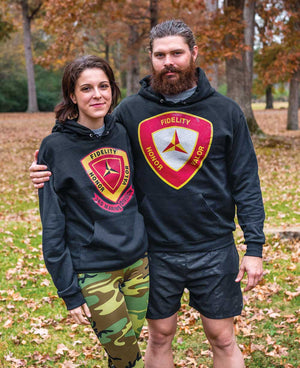
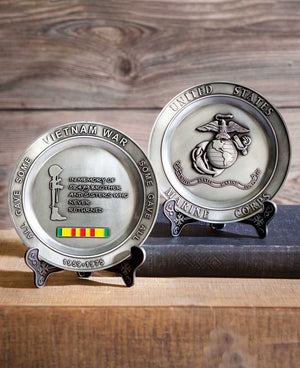
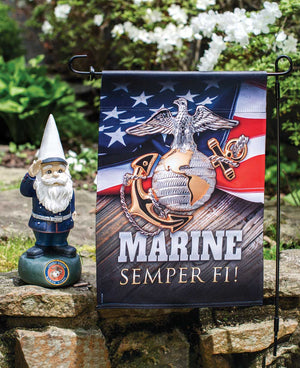
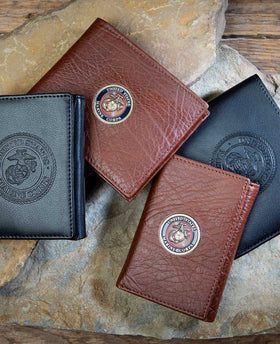
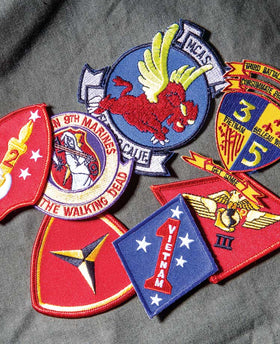
Comments
Leave a comment